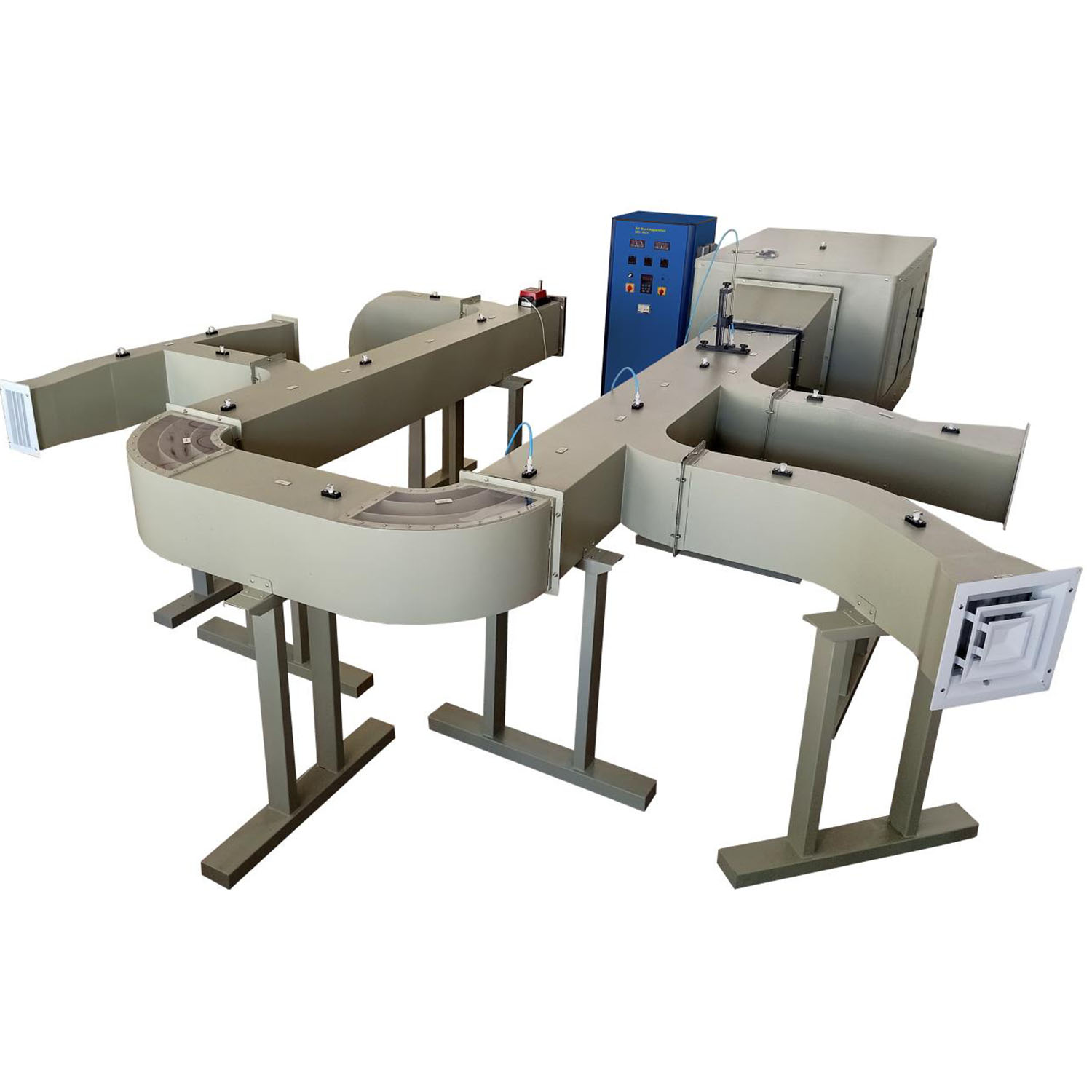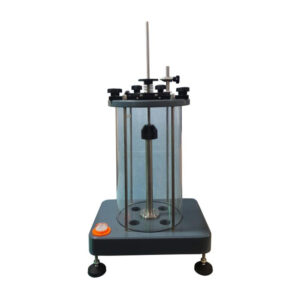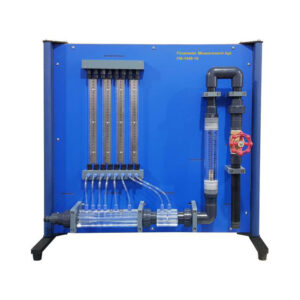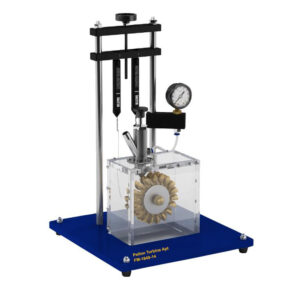A realistically scaled ventilation training unit that enables students to learn about both fundamental fluid mechanics and airflow as well as the more complex process of commissioning and balancing a multi-ducted air distribution system. A rectangular air inlet and filter holder are also included in the unit, along with a forward-curving variable speed centrifugal fan and integral control console. According to the blockage factor, the fan’s feed pressure can reach 890Pa and its flow rate can reach 0.8m3/s. A 200mm dia. galvanized steel duct that the fan discharges into is directly connected to the distribution ductwork. The equipment comes with enough parts to allow users to conduct parallel branch and line balancing tests. There are at least 6 air supply locations that can be balanced on the constructed unit to provide a variety of airflows. A variety of studies can be carried out using a portable manometer, pitot static tube, and hand-held anemometer.
Software IRC-1921SW (optional)
DAQ software specially designed in National Instrument™, LABVIEW™ environment to measure and calculate the results of apparatus. The software is optional and while using software a set of electronic sensors are included. Software can be run with any Windows™ environment.




